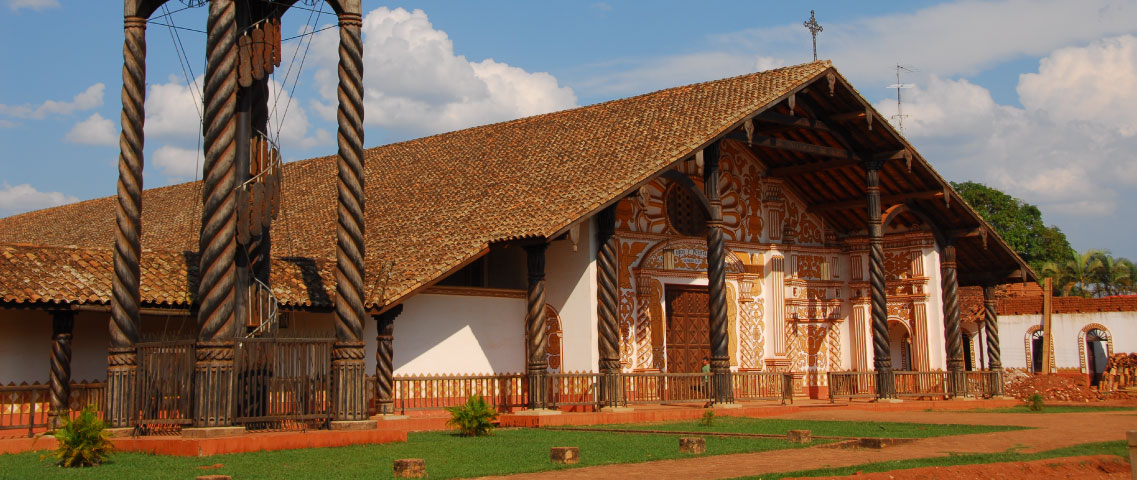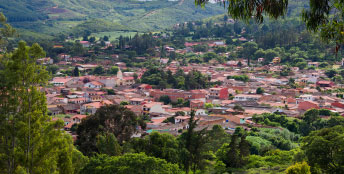
Exploring Bolivia’s Vibrant City of the Rings
Santa Cruz de la Sierra, known as the City of the Rings for its particular urban planning, features a traditional Spanish-style structure, with streets centered around the historic center. It is a thriving hub of culture, nature, and adventure with a cosmopolitan energy. Also, it is becoming a fast-growing metropolis offering the perfect mix of modern comforts and authentic Bolivian charm.
Whether you are planning a quick getaway or an extended trip through Bolivia, here’s your essential guide to getting the most out of your visit to Santa Cruz.
How to get to Santa Cruz, Bolivia?
By air:
Santa Cruz is home to Viru Viru International Airport (VVI), Bolivia’s largest airport. It connects the following countries via international flights:
- South America: Argentina, Brazil, Peru, Colombia, Chile, and Paraguay
- North America: Miami, with connections across the U.S. and Canada
- Europe: Madrid
- Central America: Panama City
Additionally, national flight connections are available to La Paz, Cochabamba, Sucre, Tarija, and Potosi.
By land:
It has highways connecting cities like La Paz, Cochabamba, and Sucre. Also, the city has extensive bus services across Bolivia, including microbuses and trufis (shared minivans). Besides, if travelers prefer other transportation options, rental cars, taxis, and ride-hailing apps are available.
When to visit Santa Cruz, Bolivia?
The dry season (May to October) is the best time to explore the city and its surroundings. You will enjoy warm weather, clearer skies, and all the outdoor activities smoothly.
Top Things to Do in Santa Cruz, Bolivia
- You can take a city tour in Santa Cruz de la Sierra, which starts at the Plaza 24 de Septiembre, the city’s main square, with a close-up view of the Metropolitan Cathedral of Basilica Menor de San Lorenzo. It includes an Artecampo visit, a crafts shop made by local indigenous women, and then continues to the El Abasto Market.
- Samaipata: Visit this charming town, located just 3 hours by car from Santa Cruz. It hosts iconic archaeological ruins such as El Fuerte, the world’s largest work of cave architecture, declared a World Heritage Site. Also, the archaeological museum is a must-visit.
- Jesuit Missions of Chiquitos: Travel to this UNESCO World Heritage Site of 6 villages recognized for their cultural value and architecture. Once there, you can follow the footsteps of 17th and 18th century Jesuit missionaries and witness the living heritage of these villages that preserves ancient traditions to the present.
- Plan a journey to the Amboro National Park is a vast protected area in Bolivia with diverse ecosystems, rich flora and fauna, including fern trees, many bird species, and mammals.
- Enjoy La Rinconada Eco-park & Resort: Visit this eco-park, renowned for its giant water lilies, trails, and recreational areas, to enjoy natural beauty.
- Visit Biocentro Güembe: Explore the butterfly house, aviary, monkey island, followed by guided tours of the natural pools, parks, and kayak lagoon.
- Wander through the Botanical Garden: Explore the diverse plant species of the region with lagoons, trails, and picnic areas.
- Lomas de Arena Park: A 3000-hectare park with impressive dunes, ideal for hiking, sandboarding, and birdwatching.
- Tour the History Museum and Historical Archive: Learn about the local history and culture of the ethnic groups of the region.
What to know before visiting Santa Cruz?
- Where to stay in Santa Cruz? The city offers luxury hotels, cozy boutique stays, and budget options. If you are exploring Amboro or Samaipata, opt for eco lodges and rural retreats that bring you closer to nature.
- It is recommended to plan a minimum 3-day stay in the city. But if you are planning a side trip to Samaipata, consider an extra day, and for Amboro or the Jesuit Missions, consider 3 extra days.
- Credit cards are widely accepted in the city, but it is suggested that some cash be carried to rural areas and local markets.
- What to pack? Packing essentials include versatile clothing that can be layered, hiking shoes, swimwear, sunglasses, sunscreen, a reusable water bottle, a day pack, a travel adapter, and a first aid kit.
Ready to plan an itinerary for this Bolivia’s hidden gem? It is ideal for slow travel and diving into cultural experiences, enjoying the lush nature, archaeological remains, and warm hospitality of the locals. Let’s get in touch, We are your reliable tour operator in Bolivia to craft the perfect tailor-made tour for your clients.



Published in April 2025













